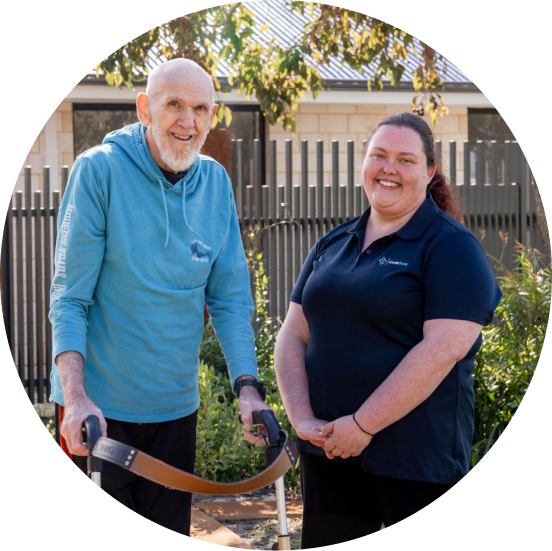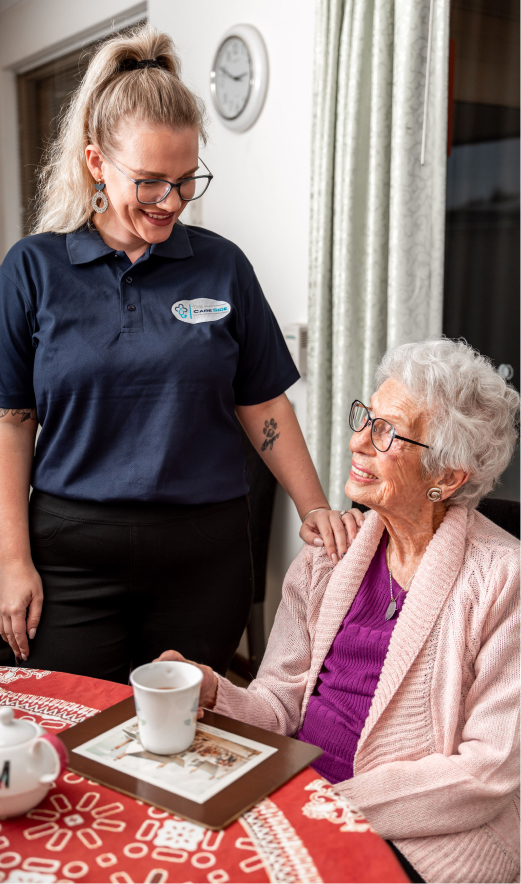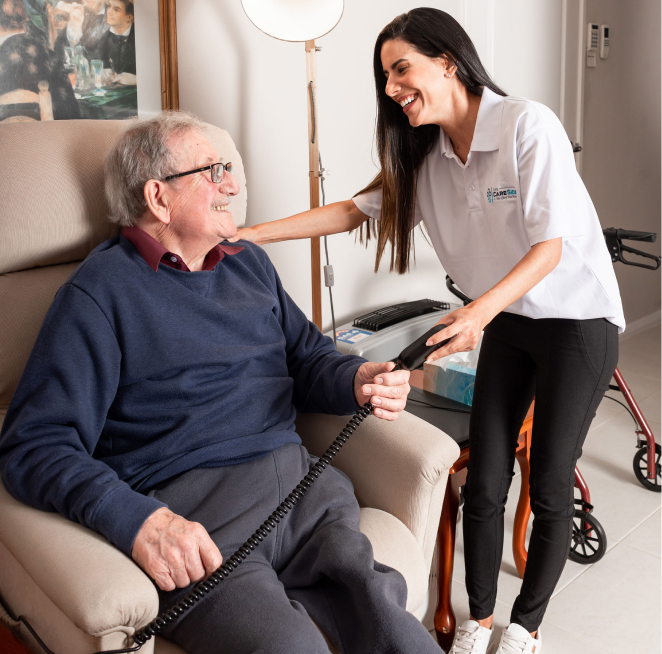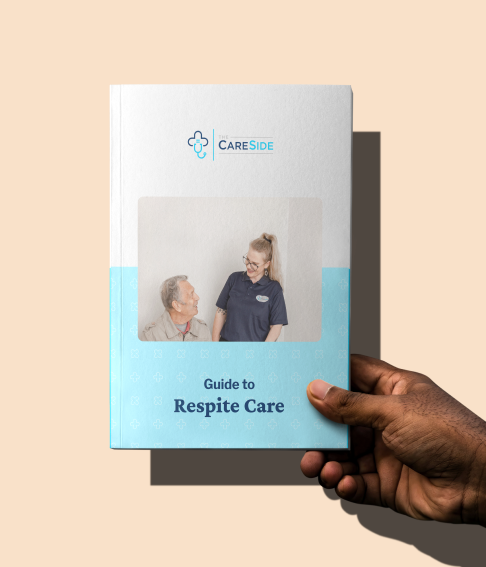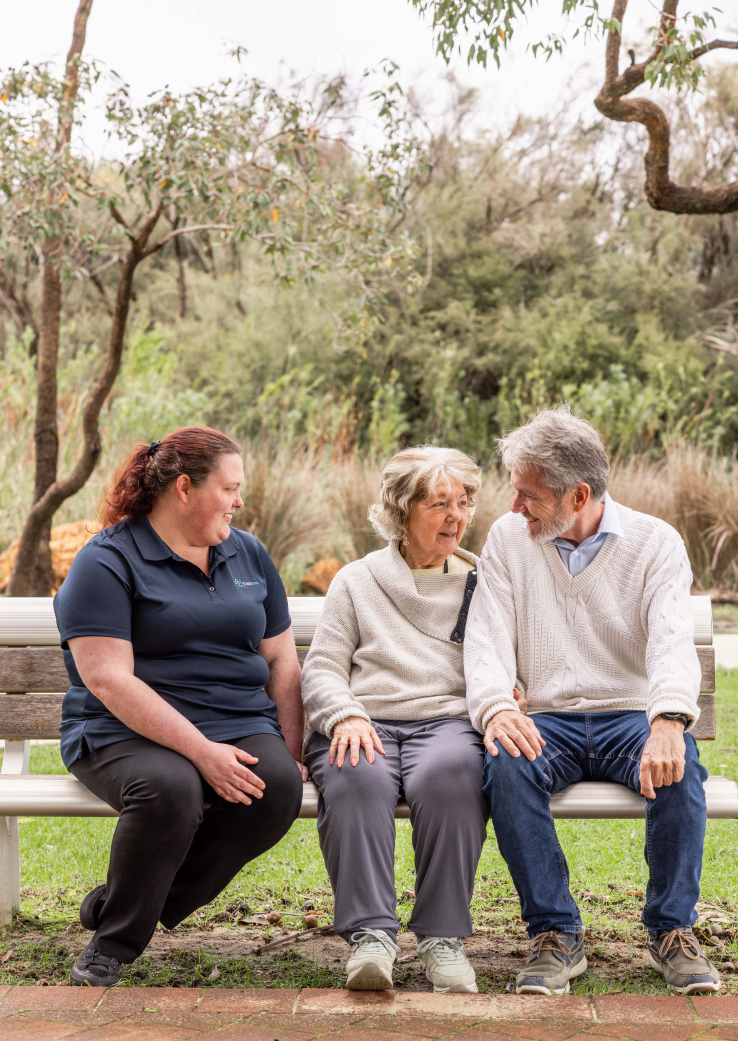
What is Respite Care?
Respite care provides a temporary, short-term break for primary carers. This break—also known as a respite—is for the carers’ wellbeing, but it’s also for the welfare of their care recipients.
Unfortunately, many carers in Australia don’t step away for a breather until they’re forced to by a health crisis of their own. The exhaustion, stress and emotional toll of being a primary carer is enough to overwhelm anyone.
Respite care is flexible based on the situation. At its core, it’s a resource that enables primary carers to step back and regain balance in their own lives.
Respite care services through The CareSide are flexible, too.
Our team of experienced and compassionate caregivers works closely with families, primary carers and care recipients to develop care plans and deliver respite services that meet the needs of everyone involved. Whether it’s a short break or a long holiday, our respite care team steps in while primary carers step away—with peace of mind knowing their loved ones remain in good hands.




